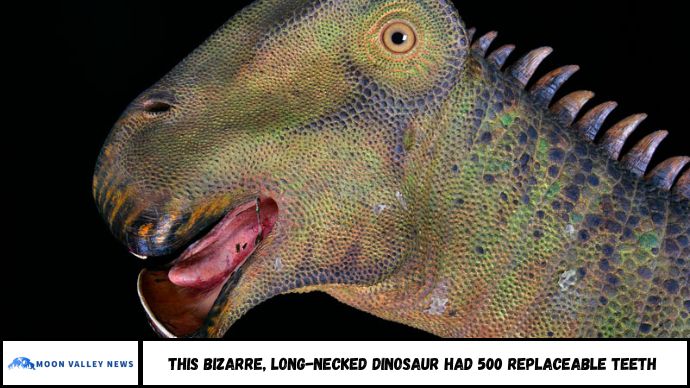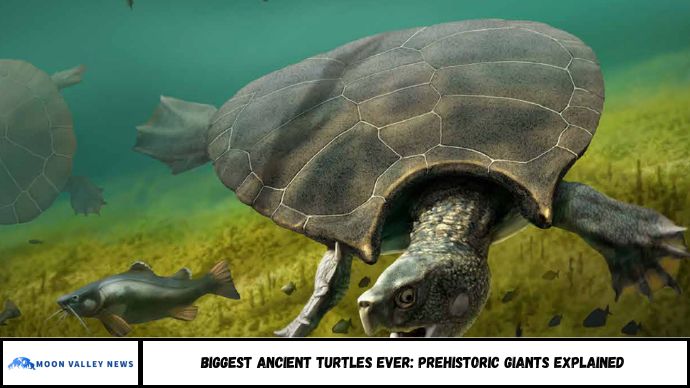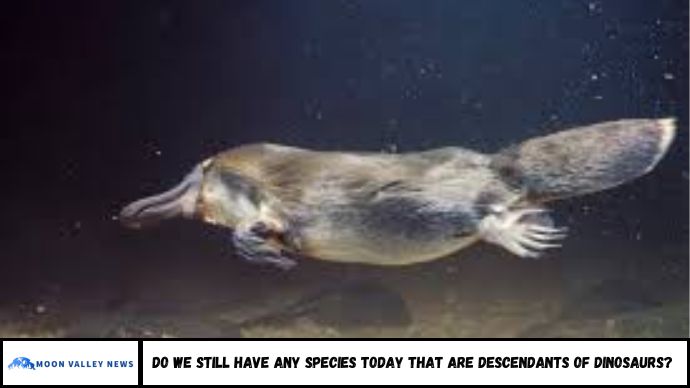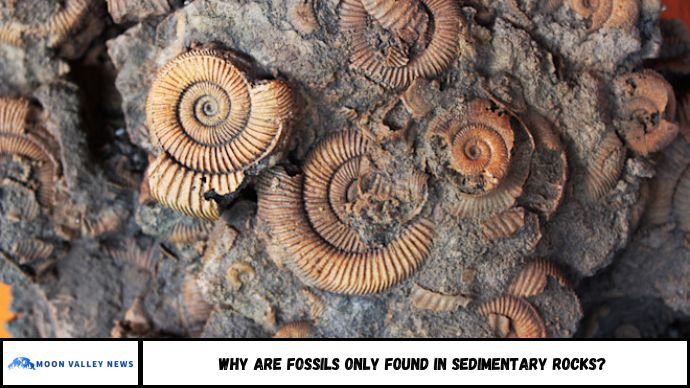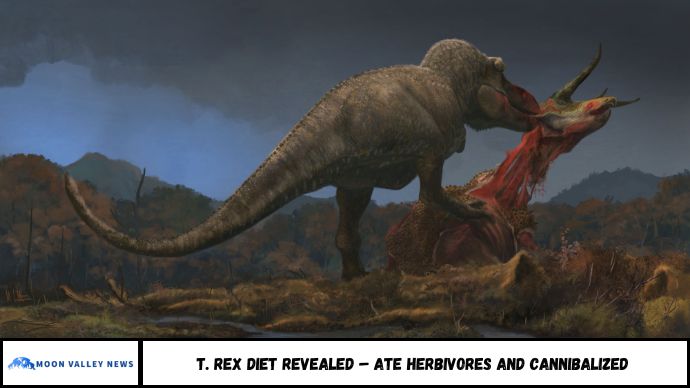Meet the bizarre dinosaur with 500 replaceable teeth—a creature that defied expectations and reshaped how scientists understand herbivorous feeding strategies. Known as Nigersaurus, this long-necked dinosaur shocked paleontologists with its unique jaw structure, constant tooth replacement system, and vacuum-cleaner-like mouth. In this article, you’ll learn what made Nigersaurus so strange, how it lived, and why it’s such an important fossil discovery.
Introduction: What Kind of Dinosaur Needed 500 Teeth?
In 1999, paleontologists unearthing fossils in the Sahara Desert stumbled upon something that made them stop in awe. It wasn’t just another long-necked dinosaur—this one had a jaw full of over 500 teeth, constantly being replaced. That dinosaur was Nigersaurus, one of the strangest herbivores ever discovered.
But what could a dinosaur possibly need 500 replaceable teeth for? And how did it even use them?
This article breaks down the mystery of Nigersaurus, how its teeth worked, its odd anatomy, and what makes it such a paleontological marvel.
1. Meet Nigersaurus: A Sauropod Unlike Any Other
What Is Nigersaurus?
- Nigersaurus taqueti lived about 110 million years ago, during the middle Cretaceous period.
- It was a type of sauropod dinosaur, a group known for long necks and herbivorous diets.
- First discovered in Niger, West Africa, the dinosaur measured about 30 feet long.
Key Fact: Unlike other sauropods, Nigersaurus had a short neck, wide snout, and extremely lightweight skull.
2. The 500 Replaceable Teeth Mystery Explained
Nigersaurus didn’t just have 500 teeth randomly packed in its mouth. Its jaw was like a conveyor belt.
How Did the Teeth Work?
- Teeth were arranged in rows—up to 10 replacement teeth per position.
- This allowed it to constantly grow and replace worn-out teeth, possibly every 14 days.
- The jaw’s width gave it a vacuum-like feeding ability, ideal for grazing close to the ground.
Why So Many Teeth?
- The dinosaur likely fed on soft, ground-level plants like ferns and horsetails.
- The high turnover rate helped it process large amounts of vegetation efficiently.
3. A Jaw Like No Other Dinosaur
Unlike most dinosaurs, Nigersaurus had its teeth located far forward in the jaw, giving it an oddly flattened, shovel-like appearance.
Unique Features:
- Tooth batteries lined the front of both jaws.
- Skull bones were so thin and fragile that light could pass through.
- Its jaw structure suggests it could graze continuously, like a prehistoric lawnmower.
4. Paleontological Importance of Nigersaurus
Why Scientists Are Fascinated:
- It’s one of the few dinosaurs with an almost complete skull reconstructed in 3D.
- Showed the extremes of dental adaptation in herbivorous dinosaurs.
- Forced scientists to rethink feeding behaviors in sauropods.
Statistic: According to studies published in PLOS ONE, Nigersaurus’s teeth replacement cycle is one of the fastest ever recorded among dinosaurs.
5. Life and Environment of Nigersaurus
Where and How It Lived:
- Inhabited what is now the Sahara Desert, which was a lush floodplain during the Cretaceous.
- Shared its habitat with predators like Suchomimus and herbivores like Ouranosaurus.
Fun Fact: Despite its strange appearance, Nigersaurus was a social creature, likely moving in herds.
6. How Nigersaurus Changed Dinosaur Research
Before its discovery, scientists never imagined a sauropod with such advanced dental features.
Its Legacy:
- Highlighted diverse evolution within sauropods.
- Showed that some long-necked dinosaurs were specialized grazers, not just tree browsers.
- Inspired ongoing studies into dental and skeletal adaptations.
FAQs
1. What dinosaur had 500 teeth?
Nigersaurus taqueti, a Cretaceous-era sauropod from Africa.
2. Were all 500 teeth in use at once?
No, many were replacement teeth in rows, not all active at once.
3. What did Nigersaurus eat?
It likely grazed on soft plants like ferns near the ground.
4. How big was Nigersaurus?
Roughly 30 feet long, about the size of an elephant.
5. Where was Nigersaurus discovered?
In the Elrhaz Formation of Niger, West Africa.
6. Why is Nigersaurus important to science?
It offers insight into herbivore adaptation and sauropod evolution.
Conclusion
Nigersaurus wasn’t just another long-necked dinosaur—it was a highly specialized grazer with a jaw design unlike anything scientists had seen before. With its 500 replaceable teeth, it dominated the low-lying vegetation of the prehistoric Sahara, constantly renewing its smile like a prehistoric dental marvel.
Its discovery challenged assumptions about dinosaur feeding, showing that nature experiments in astonishing ways—even with 500 teeth.
Want more fascinating dinosaur discoveries? Follow us for regular science updates that make history come alive!

